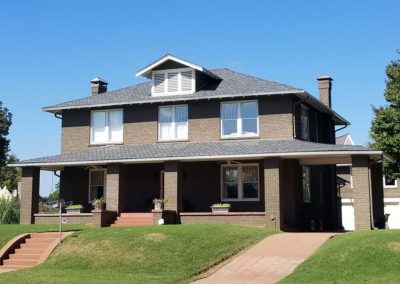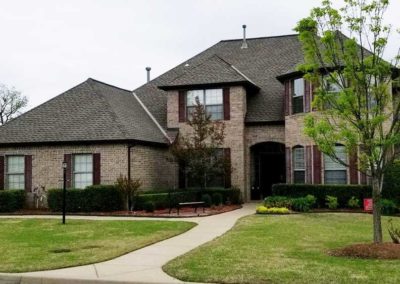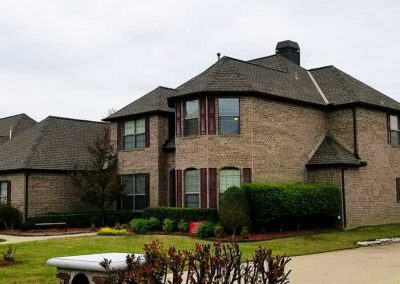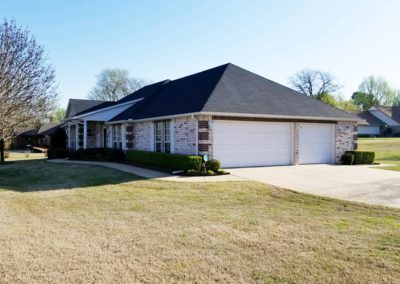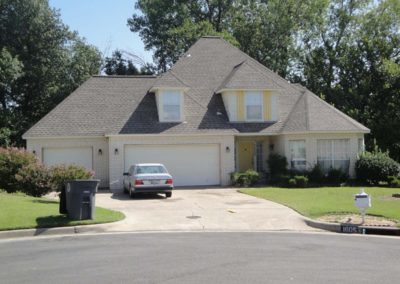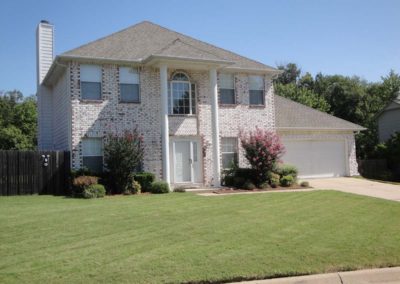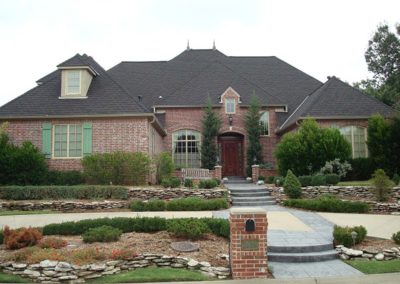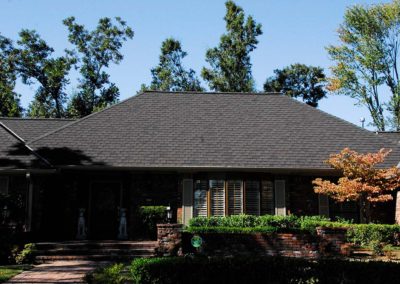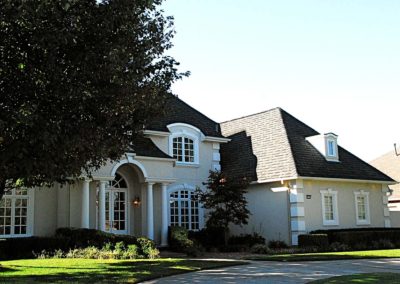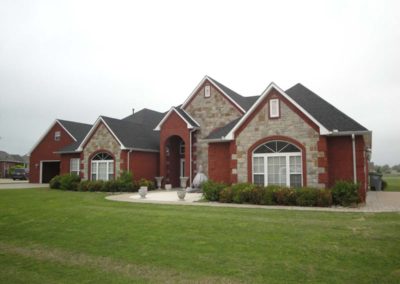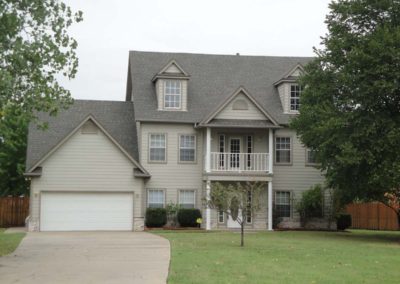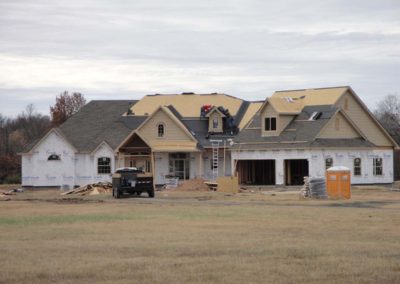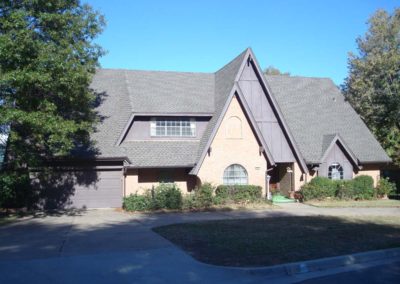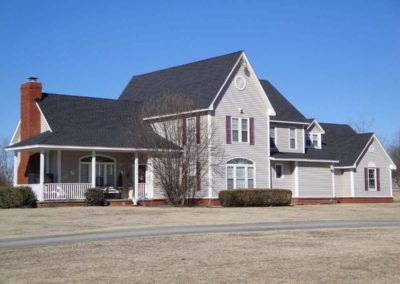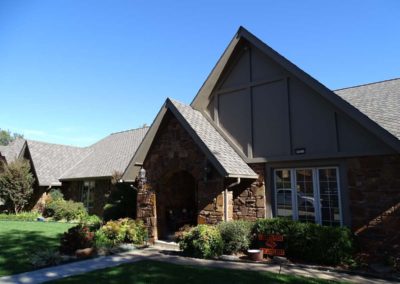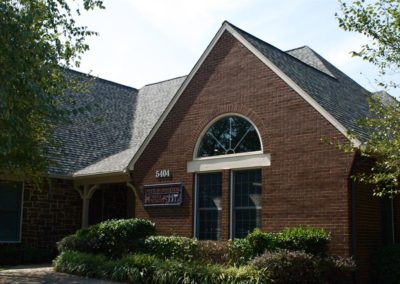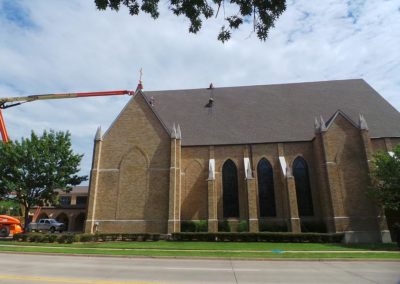Hip vs. Gable Roof
A Complete Comparison
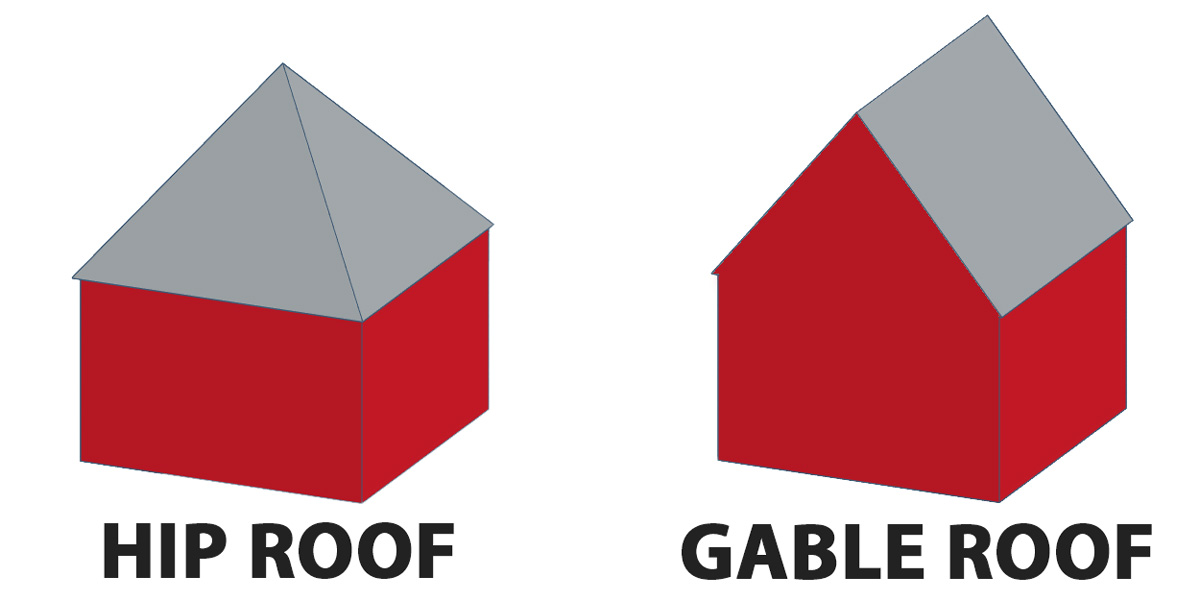 What’s the difference between a hip roof and gable roof?
What’s the difference between a hip roof and gable roof?
Today, we’re going to look at both roof types.
…And show you exactly how to tell the difference.
We’re also going to look at several pictures of real homes.
So you can see for yourself the difference between a hip and gable roof.
Let’s start with a quick overview.
Hip vs. Gable Roof In a Nutshell
A hip roof (or hipped roof) is a type of roof design where all roof sides slope downward toward the walls – where the walls of the house sit under the eaves on each side of the roof.
By comparison…
A gable roof is a type of roof design where two sides slope downward toward the walls – and the other two sides include walls that extend from the bottom of the eaves to the peak of the ridge.
The purpose of your home’s roof is to protect the entire structure (and you) from weather.
Like rain, snow, sleet, wind and hail. Check out our 51-point inspection guide for roof hail damage.
Most residential roofs are sloped, so water runs down the slope into gutters or off the eaves.
Roof designs can range from very basic.
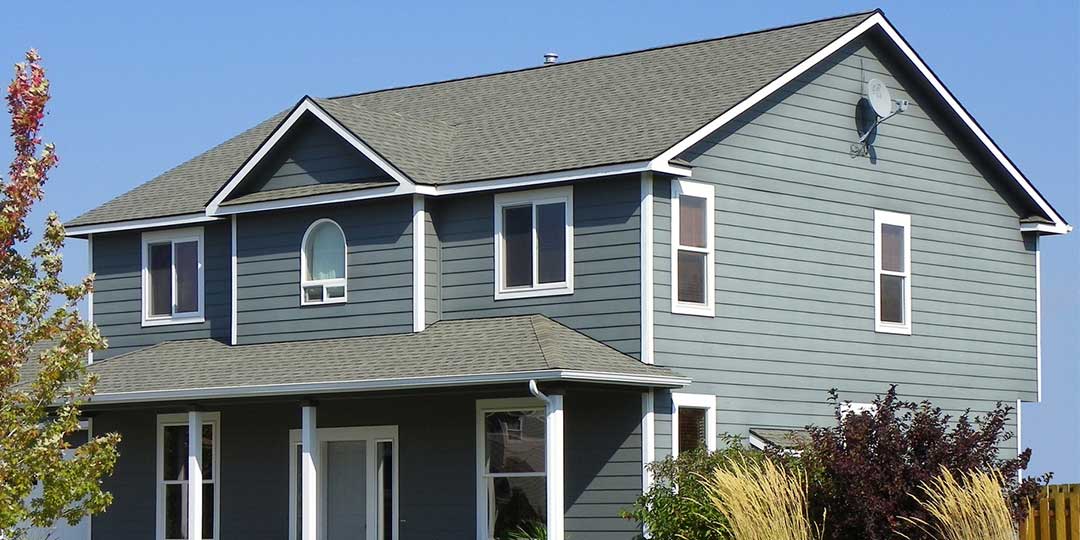
To very complex.
With lots of angles, valleys, varying pitches, dormers, etc.
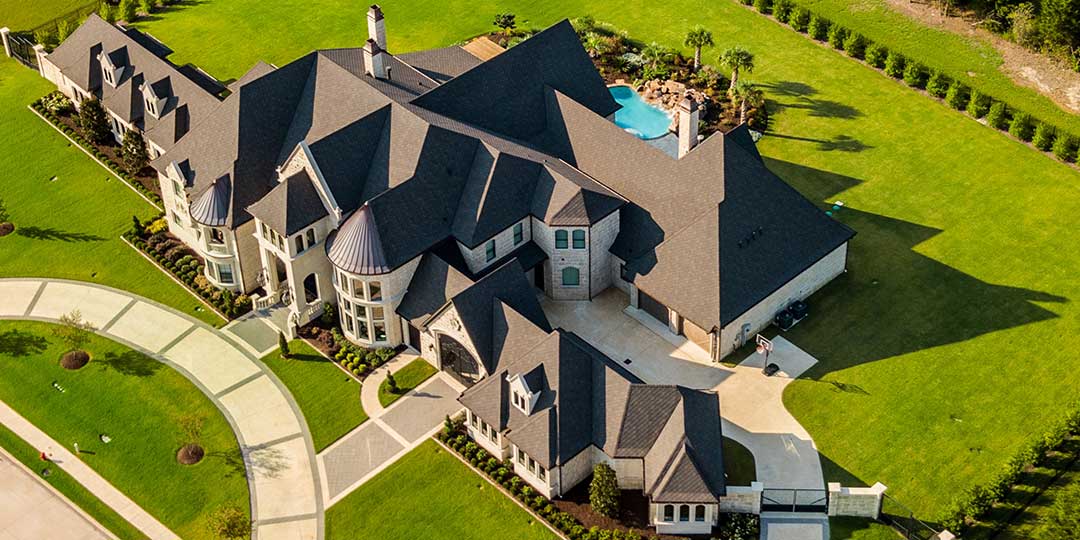
And while many roofs are strictly hip roofs…
…Or strictly gable roofs.
Others use a combination of both roof types to create unique roof designs.
Now.
Let’s look a little closer.
What is a Hip Roof?
A hip roof has no vertical ends. It is sloped on all sides, with the slopes meeting in a peak (if the structure is square).
Or with the ends sloped inward toward a ridge formed by the adjacent sides (if the structure is rectangular).
The “hip” refers to the external angle formed where two adjacent sides meet.
Due to complexity of design and construction requirements.
Hip roofs are generally more costly to build than a gable roof.
Here are a few hip roof pictures so you can see what they look like.
Variations of a Hip Roof
- PAVILION ROOF – a hip roof on a square structure, where all sides join to form a single peak. (Also known as a pyramid roof)
- MANSARD ROOF – a type of hip roof, where each side includes two different sloping angles with the lower angle much steeper than the upper angle.
- TENTED ROOF – a multi-sided (polygonal) hip roof with steeply pitched slopes that rise to a peak, similar to what you’d see on a church steeple.
- DUTCH GABLE ROOF – a variation of the hip roof, that includes a small gable section on the upper portion of the roof.
- HALF-HIP ROOF – this is an add-on to a gable roof, where the end of the gable includes a small hip roof section that slopes toward the ridge. (Also known as a clipped-gable or jerkin head roof)
What is a Gable Roof?
The dictionary defines a gable as “the part of the wall that encloses the end of a pitched roof.”
Wikipedia describes a gable as “the triangular portion of a wall between edges of intersecting roof pitches.”
A gable roof includes two sloping sides and at least one gable.
Here are a few gable roof photos, so you can see what they look like.
Variations of a Gable Roof
- OPEN GABLE ROOF – a hip roof on a square structure, where all sides join to form a single peak. (Also known as a pyramid roof)
- BOX GABLE ROOF – a type of hip roof, where each side includes two different sloping angles with the lower angle much steeper than the upper angle.
- GAMBREL ROOF – a multi-sided (polygonal) hip roof with steeply pitched slopes that rise to a peak, similar to what you’d see on a church steeple.
- CROSS-GABLED ROOF – a gable roof, where two gable roof lines intersect at a 90-degree angle.
- FLYING GABLE ROOF – a gable roof, where the ridge overhand extends out further than the eave overhang, forming a point at the end of the ridge. (Also known as a prow gable roof)
While hip roofs and gable roofs are common roof styles used across the world, each one has a few advantages over the other.
Let’s take a look.
Hip vs. Gable Roof Advantages & Disadvantages
Advantages of a Hip Roof
- Design is self bracing & requires less diagonal bracing
- Better suited to high wind or heavy snow areas
- Consistent eave & gutters all the way around
- Improves curb appeal on many homes
- Can be combined to form great roof designs
Disadvantages of a Hip Roof
- More complex and costly to design and build
- Less attic space due to sloping on all sides
Advantages of a Gable Roof
- Simpler to design & build
- Less expensive than a hip roof
- Provides more attic space than hip roof
- Provides better ventilation with gable vents
- Can be combined to form great roof designs
Disadvantages of a Gable Roof
- Gable roof prone to damage in high winds
- Design is “more plain” looking than a hip roof
Both hip and gable roofs will continue to enjoy prominence among the most popular roof designs for years to come.
If you like this post…
We hope you’ve enjoyed our comparison of hip and gable roofs. If you have, please give us a share on social media ››››
If you are in or around Tulsa, Oklahoma and need roofing services, give us a call at (918) 250-7663 or contact us here.

